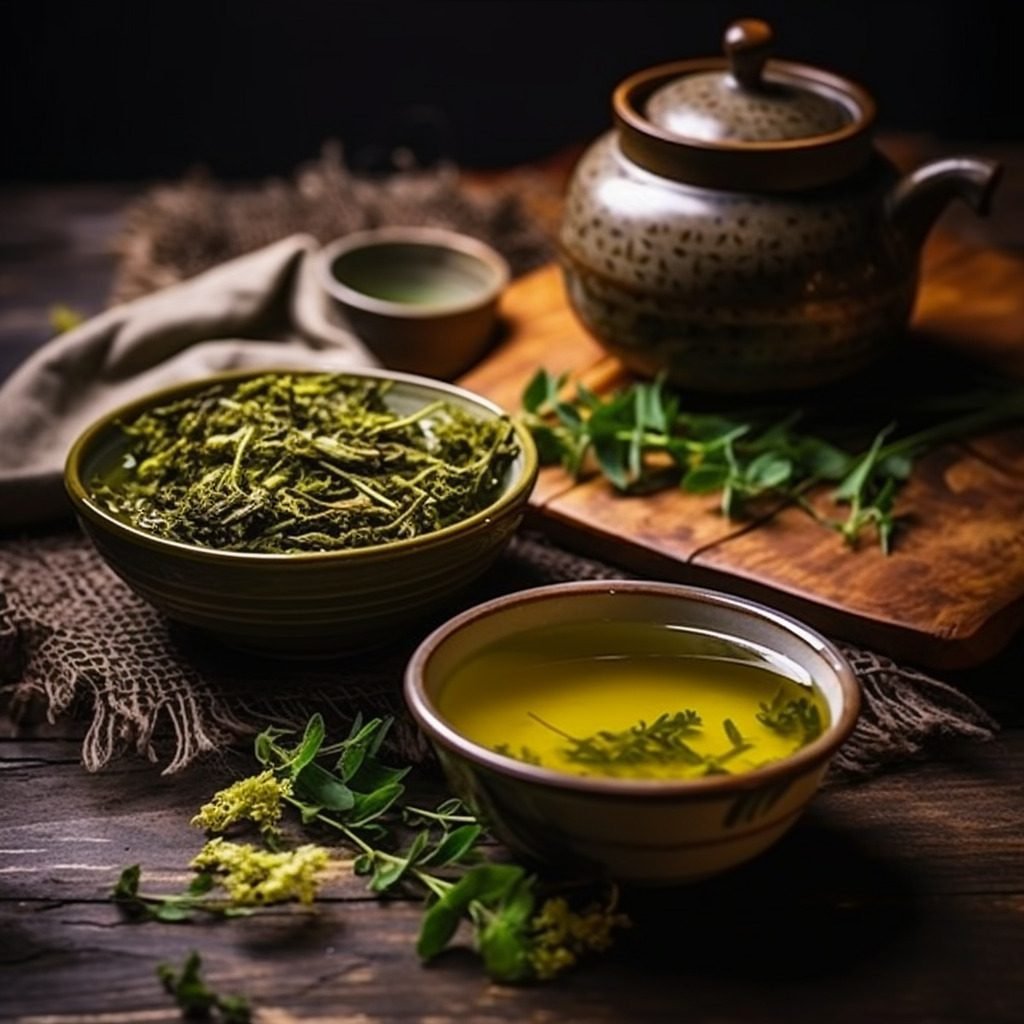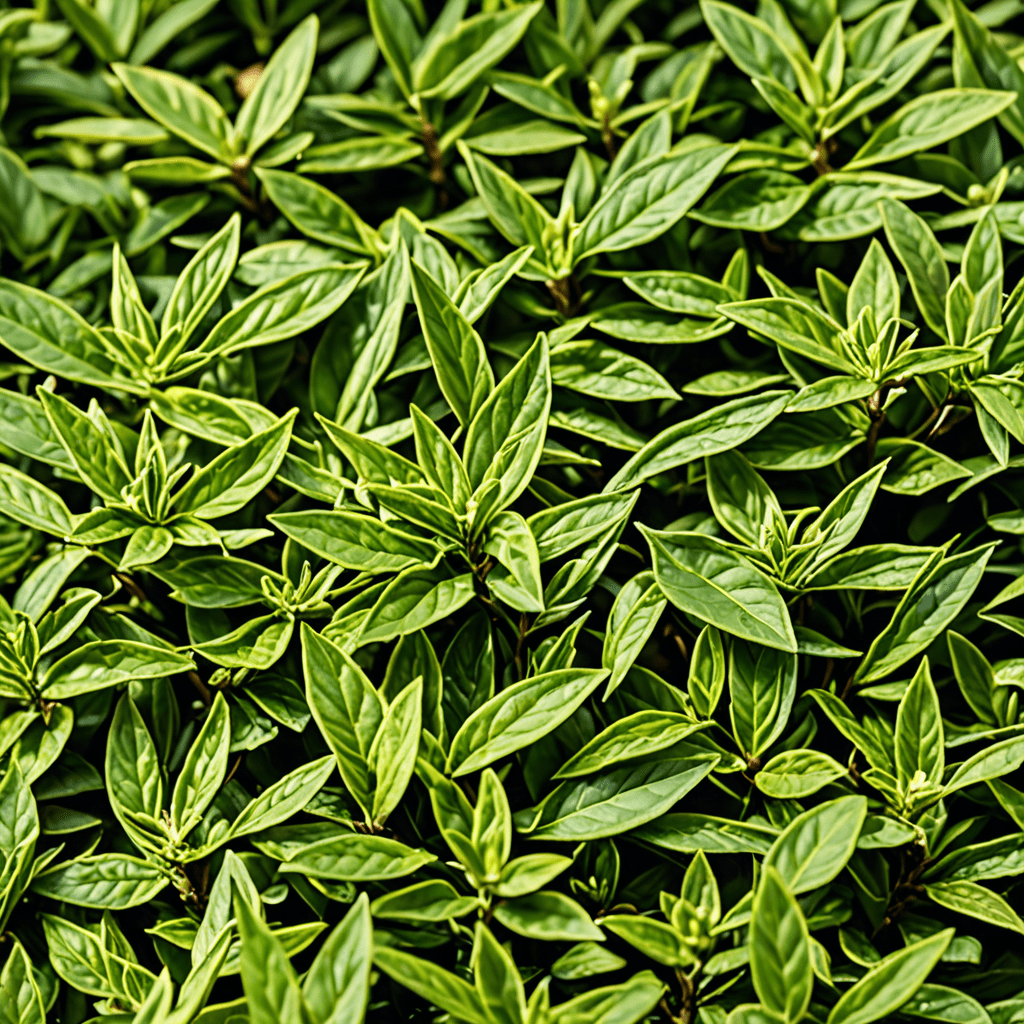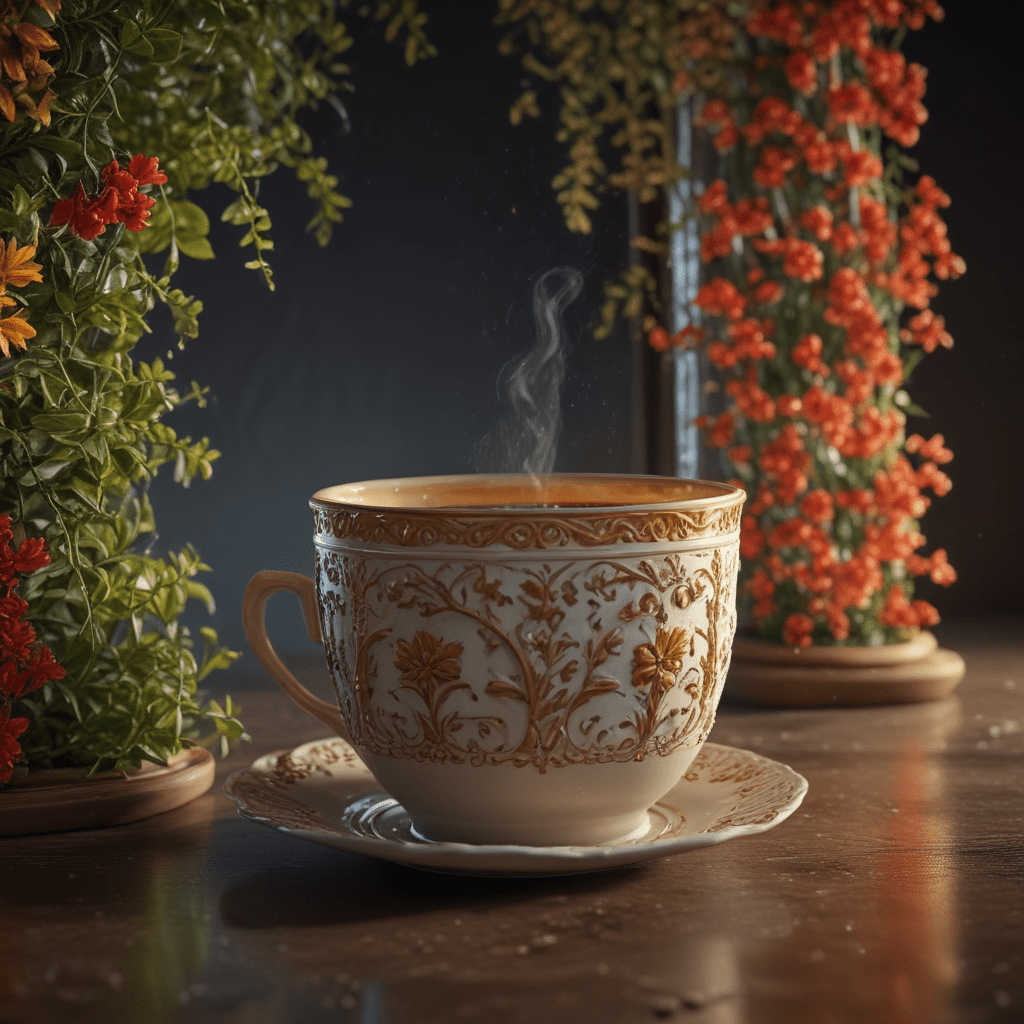
Discover the Origins of Sencha Tea: Through History & Taste

Introduction: The Importance of Sencha Tea Origin
Sencha tea, one of the most popular types of green tea, originates from Japan and holds significant cultural and historical importance. The origin of Sencha tea plays a crucial role in its unique taste, aroma, and health benefits. In this article, we will delve into the key elements of Sencha tea origin, provide practical tips for selecting and enjoying this delightful tea, and answer some frequently asked questions about its origin.
Key Elements of Sencha Tea Origin
- Japanese Tea Cultivation: Sencha tea is cultivated in Japan, a country renowned for its meticulous tea-growing traditions. The tea plants used to produce Sencha are typically grown in shade for a few weeks before being exposed to direct sunlight, resulting in leaves that are vibrant green and packed with flavor.
Steaming Process: Unlike other types of green tea that are pan-fired or roasted, Sencha tea leaves are steamed immediately after being harvested. This steaming process helps preserve the vibrant green color, delicate aroma, and natural sweet taste of the leaves. It also ensures that the tea retains more antioxidants and nutrients compared to other green teas.
Harvesting Time: The timing of the harvest greatly affects the quality of Sencha tea. Generally, the first flush, also known as “shincha,” is harvested in late spring, resulting in a tea with a fresh, grassy flavor and a slightly astringent finish. The second flush, harvested in summer, produces a bolder and slightly sweeter Sencha tea.
Tips for Sencha Tea Origin
Taste Profile: Sencha tea offers a unique taste profile with grassy, vegetal notes and a refreshing, slightly sweet aftertaste. If you prefer a more delicate flavor, opt for shincha or first flush Sencha tea. If you prefer a stronger, bolder taste, go for second flush Sencha tea.
Price Range: The price of Sencha tea can vary depending on the quality, harvest time, and region of production. Generally, higher-quality Sencha tea tends to be more expensive. However, there are also affordable options available that still offer a delightful tea-drinking experience.
Availability: Sencha tea is widely available in specialty tea stores, both online and offline. It’s essential to choose a reputable seller that sources their tea directly from Japan to ensure the authenticity and quality of the Sencha tea you purchase.
Incorporating Sencha Tea Origin
Brewing Recommendations: To fully enjoy the flavors of Sencha tea, it’s crucial to pay attention to brewing techniques. Use freshly boiled water cooled to around 70-80°C (160-175°F) to avoid bitterness. Steep the tea leaves for approximately 1-2 minutes for a light-bodied tea or up to 3 minutes for a stronger infusion. Experiment with different steeping times to find your preferred flavor intensity.
Pairing Suggestions: Sencha tea pairs well with a variety of foods, making it a versatile choice. It complements light seafood dishes, sushi, green salads, and delicate desserts like green tea-flavored cakes or matcha-flavored ice cream. The tea’s vegetal notes can also enhance the flavors of roasted vegetables or grilled meats.
FAQ about Sencha Tea Origin
Q: What sets Sencha tea apart from other types of green tea?
A: Sencha tea stands out for its vibrant green color, refreshing taste, and grassy aroma. Its cultivation methods, steaming process, and harvesting time contribute to its distinctive qualities.
Q: How do I know if I’m purchasing authentic Sencha tea?
A: Look for reputable sellers that source their Sencha tea directly from Japan. Check for certifications or labels indicating that the tea is genuine and produced following traditional Japanese tea-making methods.
Q: Can I reuse Sencha tea leaves?
A: Yes, Sencha tea leaves can be steeped multiple times. The second and third infusions may produce slightly milder flavors, but they can still be enjoyed.
Q: Does Sencha tea contain caffeine?
A: Yes, Sencha tea contains caffeine, but the levels are lower compared to black tea or coffee. It can still provide a gentle energy boost without causing jitters.
In conclusion, exploring the origin of Sencha tea helps us appreciate its unique qualities and understand the traditional Japanese tea-making techniques involved. By following the tips for selecting and preparing Sencha tea, you can fully enjoy its delightful taste and experience the health benefits it offers. Whether you’re a tea connoisseur or a curious beginner, Sencha tea is a treat worth savoring.


